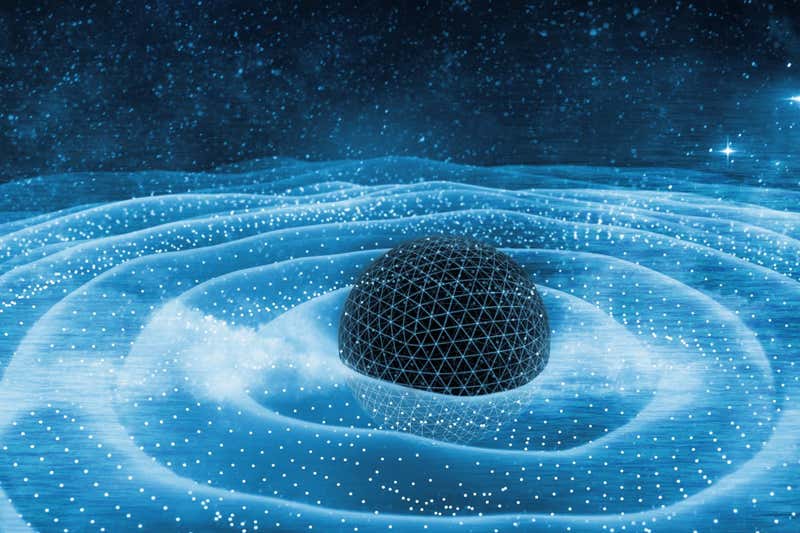
The vast majority of matter in the Universe, the Dark matter, continues to duck all our attempts to seize it and understand its properties. We still do not know whether Dark matter does anything else than just gravitate, how and when it was created, or what its mass is. Theoretical models abound, but spin-2 dark matter is unique in the sense that dark matter is nothing but a modification of how gravity works. After a brief theoretical introduction, I will discuss how spin-2 dark matter, if it is ultra-light, generates an ever present signal for gravitational wave interferometers and pulsar timing arrays that is akin to but distinct from a continuous gravitational wave. This signal is within reach of current and planned gravitational wave facilities, and efforts are underway for its detection.
